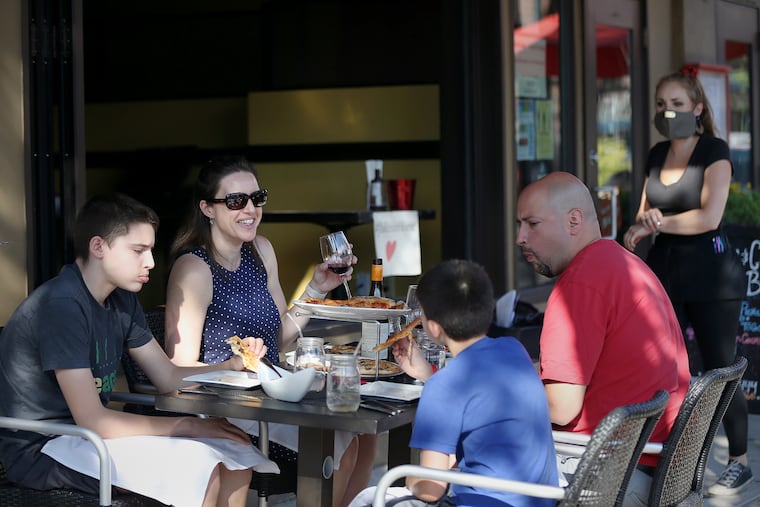Eating out during the pandemic is a dilemma. Outdoor dining appears to be the most safe. | Craig LaBan
There are levels of coronavirus risk at every part of the food chain. Outdoor dining and takeout appear to be the safest — and most ethical way — to support restaurants.
